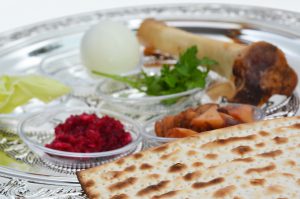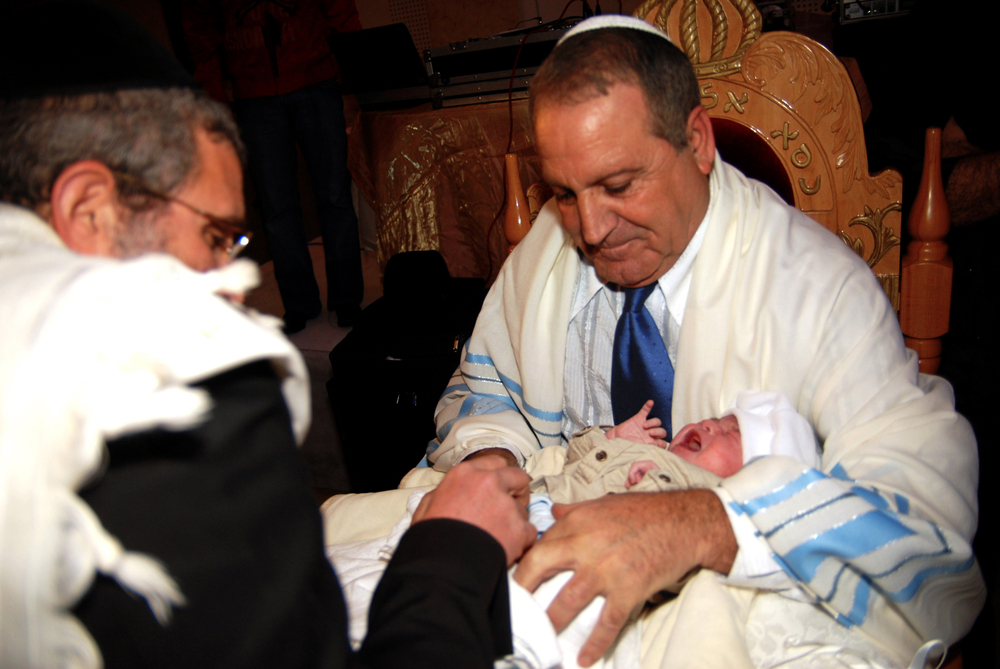In this week’s Torah Portion, Parshat Terumah, the Jewish People are asked to contribute 13 materials: gold, silver and copper; blue-, purple- and red-dyed wool; flax, goat hair, animal skins, wood, olive oil, spices and gems. These are to be used to construct the Mishkan, or Tabernacle, as Hashem says to Moshe: “They shall make for Me a Sanctuary, and I shall dwell among them.” While on Mt. Sinai, Moshe is given detailed instructions on how to construct the Mishkan, and the vessels that were used in it, so that it could be easily dismantled, transported and reassembled as the Jewish people traveled through the desert.
The Mishkan would contain an inner chamber (the Kodesh HaKedoshim, Holy of Holies), with a woven curtain, which would contain the ark with the tablets inscribed with the Ten Commandments (which will be given in a future Parsha). The ark would be made of gold-plated wood and its cover will have two winged cherubs hammered out of pure gold. The ark would have rings for poles to be placed when it was time to transport it. Moshe was told how to create the menorah out of a solid block of gold, complete with flowers engraved on it and 7 branches, which would stand in the outer chamber (the Kodesh) together with the table where the lechem hapanim, “showbread”, would sit. Hashem instructed Moshe that the Mishkan would have 3 walls constructed from 48 wooden boards, which would be overlaid with gold and held up by a pair of silver foundation sockets. The roof would be formed of three layers – tapestries of multicolored wool and linen, coverings made of goat hair and a covering of animal skis. Across from the front of the Mishkan would be an embroidered woven screen held up by 5 posts (as it would not have a wall). Surrounding the Mishkan was the Chatzer (courtyard), an enclosure of linen hangings, supported by 60 wooden posts with silver hooks and trimmings, and reinforced by copper stakes. The copper-plated altar was placed in the courtyard in front of the entrance to the Kodesh.
While this Parsha contains many technical instructions for the building of the Mishkan, there are many symbols in it as well! Candy lego bricks symbolize the instructions to build the Mishkan and the ways to make it easily come apart for transport. Candy gems (the picture contains candy pearls and black stones) symbolize the many gems that were collected from the Jewish People to construct the Mishkan. Silver coins represent the silver collected from the Jewish People to construct the Mishkan, as well as the instructions to build the 7 branch menorah (which is pictured on the coins). Flower lolly pops represent the flowers that decorated the menorah. Rainbow sour belts symbolize the dyed and woven curtains made of wool and linen that served as curtains on the front of the Mishkan and the Kodesh HaKedoshim as well as the tapestries that made up the roof. Graham crackers symbolize the wood which was covered in gold to construct the 3 walls of the Mishkan and the ark and covered in copper to construct the altar. If you really want to get creative, you can construct a Mishkan using Graham crackers and marshmallow fluff – you can even use the sour belts as the tapestries! The Twizzler Pull and Peel represent the poles used to transport the Mishkan as well as the woven tapestries (as the different colored Twizzler strands are woven together). Do you have other ideas? Please share them in the comments section below.
Shabbat Shalom,
Shayna Levine-Hefetz



Toba Singer
says:Jelly rings or gummy rings combined with candy sticks can be used to symbolize the rings and the poles used for transporting the ark.